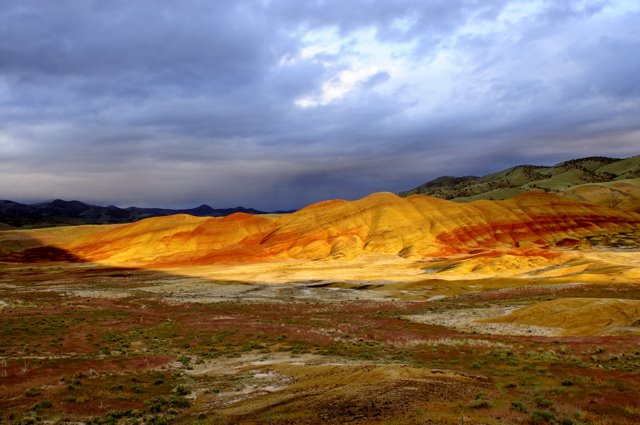 Want to get good photos of the full moon? Here's how to set up your camera. You will need to ignore your light meter for this so don't worry if all the little bars are telling you that you are underexposed. Any camera that will allow you to gain manual control of the exposure settings can be used for this.
Want to get good photos of the full moon? Here's how to set up your camera. You will need to ignore your light meter for this so don't worry if all the little bars are telling you that you are underexposed. Any camera that will allow you to gain manual control of the exposure settings can be used for this.First put your camera on your tripod and hyper-focus on the moon. To do this you need to turn off "autofocus" and manually focus your camera on the moon so that it is clear and you can see the craters and other details, then slightly back it off a tiny bit. Now set your camera shutter speed to 1/500sec, and the F/stop to F/11. This is your starting point. You should also be using your longest lens and set it to it's maximum focal length, then back it off just a bit too. I always use my timer setting to snap the shot. I don't have a remote shutter for my camera and the timer works fine for me.
Remember that the moon is moving and you will need to re-frame your scene from time to time. I've never been successful shooting shots of the moon and hand holding the camera so I strongly recommend that you use a tripod for this.
Now, what if you want to shoot moon scenes that include the landscape? For this you will need to use your meter. I set mine for spot metering. I then put the selected spot on the landscape that I want to be metered properly and adjust the shutter speed and F/stop accordingly. Don't forget to re-focus your camera if you need to. From this point it is a matter of shooting at different focal lengths and exposure settings. I will continue shooting at various settings with the moon in different parts of the frame until my creative juices have been exhausted where upon I will download my images and check out my work.
Note that the moon rises a little later each day. I check a local almanac to find out when. If no almanac is available I try to note when the moon lifted above the horizon then add about twenty minutes for the next day. That will be close enough for you to get ready. You can also get near "full" moon shots the day before and the day after the actual "full moon." Knowing that you should have plenty of time and opportunity to plan your shoot and make any adjustments you find necessary, barring the weather.
Well get out there and have some fun!



